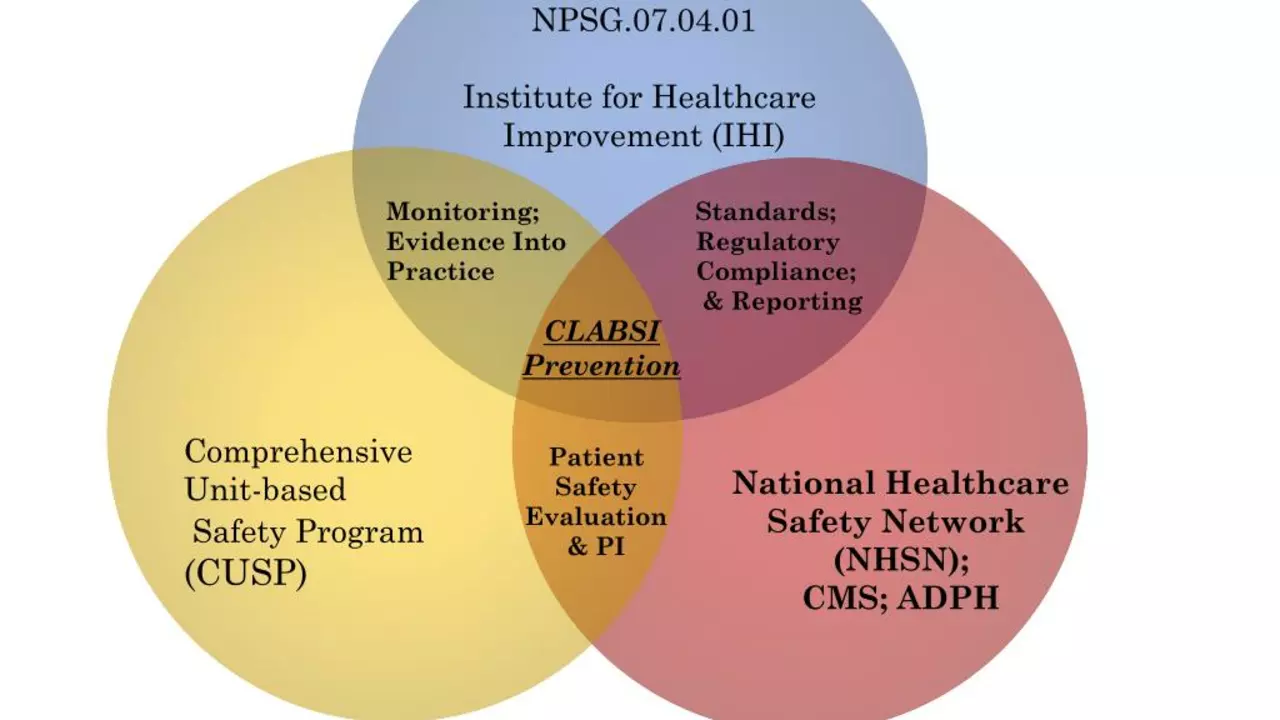After an in-depth review of Vortioxetine, I've found it to be generally safe and well-tolerated. Common side effects include nausea and vomiting, but these are typically mild and temporary. Despite these side effects, Vortioxetine still stands as a beneficial treatment option for major depressive disorder. It's crucial, though, to monitor patients under this medication, given that responses can vary. Overall, Vortioxetine provides a balance of efficacy and tolerability that is essential in the treatment of depression.
Vortioxetine (Trintellix): Quick, Practical Guide
Vortioxetine is an antidepressant often sold under the brand Trintellix. People take it mainly for major depressive disorder (MDD). Unlike older SSRIs, vortioxetine acts on several serotonin receptors and can help mood and, for some patients, thinking and memory. If you or someone you care for is starting vortioxetine, this page gives clear, useful info you can use right away.
How vortioxetine works and who it helps
Vortioxetine blocks serotonin reuptake and modifies certain serotonin receptors. That mixed action can lift mood and sometimes improve cognitive symptoms like poor focus and slowed thinking that come with depression. Doctors prescribe it for adults with MDD. It’s not typically first-line for every patient, but people who’ve had partial response to other antidepressants or who have cognitive complaints may benefit.
Expect the mood to start improving in 2–4 weeks for some people; others need 6–8 weeks to notice a clear change. Don’t stop or change the dose suddenly—withdrawal and mood setbacks are possible.
Dosing, side effects, and interactions
Typical starting dose is 10 mg once daily, then the doctor may raise it to 20 mg or lower it to 5 mg if needed. Take it at the same time each day, with or without food. If you miss a dose, take it when you remember unless it’s close to the next pill—don’t double up.
Common side effects: nausea, constipation, dry mouth, dizziness, and sometimes vivid dreams. These often ease after 1–2 weeks. Serious issues (rare) include serotonin syndrome signs—high fever, fast heartbeat, severe confusion—or unusual bleeding if you’re on blood thinners. If mood or suicidal thoughts get worse, contact your doctor right away.
Don’t mix vortioxetine with MAO inhibitors or start them within two weeks of stopping vortioxetine (and wait longer if stopping an MAOI). Be careful with other serotonergic drugs such as SSRIs, SNRIs, triptans, and certain supplements like St. John’s wort. Also tell your provider about alcohol, seizure history, liver or kidney problems, and pregnancy plans.
Switching from another antidepressant needs planning. Your prescriber will guide washout periods to reduce interaction and withdrawal risks. For older adults or people with slow liver clearance, lower doses may be safer.
Practical tips: keep a daily pill habit (phone alarm helps), track mood changes in a simple journal, and expect follow-ups in the first month to check side effects and benefit. If nausea starts, try taking the pill with food. If you’re buying medication online, use a licensed pharmacy and keep the prescriber in the loop—never buy from sites that don’t require a prescription.
If you have questions about vortioxetine, bring a short list to your next appointment—symptoms, other meds, and any side effects. That makes visits faster and safer. Vortioxetine can work well for many people, but clear communication with your doctor matters more than anything else.

